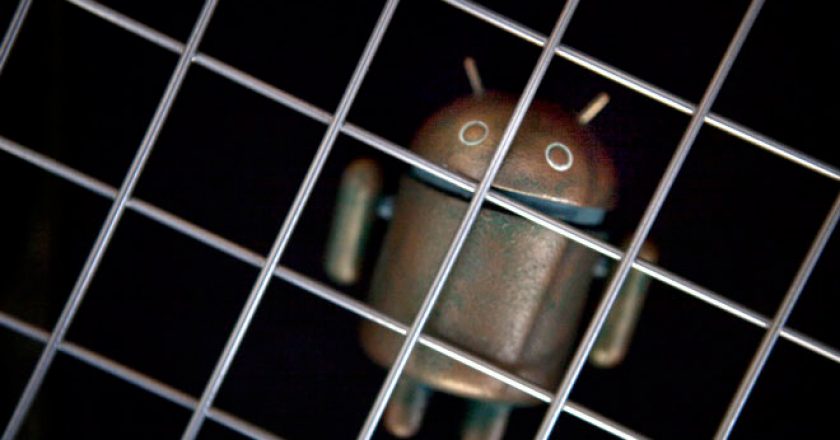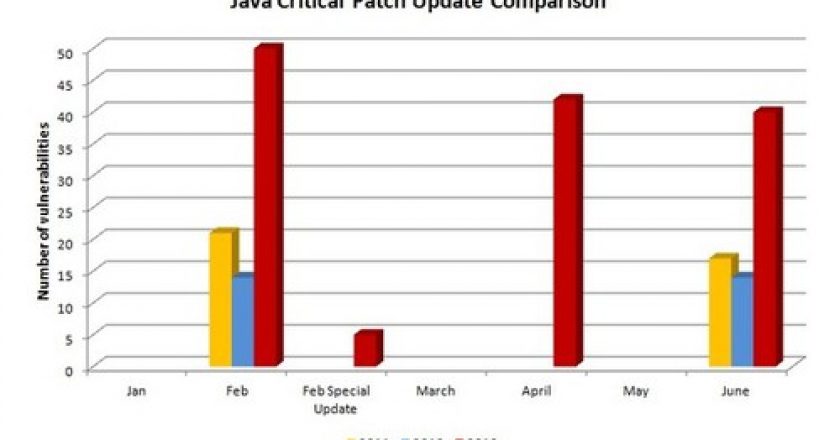With the previously $40,000 Carberp Trojan’s source code now freely available, experts expect exceptionally destructive variants of the malware to flow onto the Internet.



With the previously $40,000 Carberp Trojan’s source code now freely available, experts expect exceptionally destructive variants of the malware to flow onto the Internet.

The creation of Android malware is now mature enough for there to be development cycles that mimic those of the legitimate software world, a report from Juniper Networks has concluded.

Over three quarters of Android threats are malicious apps that send SMS messages to premium rate numbers and could be mitigated by a protection feature present in Android 4.2, according to researchers from networking vendor Juniper Networks.

It was only a matter of time before it happened and now it has – ransom malware has successfully made the jump from the PC world, where it torments millions of Windows users, to the mobile world, where it has similar designs on Android.

While important, Google’s new policy of scanning apps for malware before making them available on the official Chrome Web Store falls short of providing maximum protection, one expert says.

Oracle released a huge update for the virtually ubiquitous software, but attackers aren’t done exploiting Java as the weakest link in the security chain, and Oracle isn’t securing it fast enough.

The things that cyber-criminals are able to do with your phone are terrifying.

The source code for the Carberp banking Trojan program is being offered for sale on the underground market at a very affordable price.

The average organisation believes it would spot a data breach in 10 hours, a McAfee global survey of IT professionals has found. But is that result good, indifferent or an indication of the downright complacent?

Hackers have found a devious new way to disseminate malware: They’re using peer-to-peer networks.
GET TAHAWULTECH.COM IN YOUR INBOX